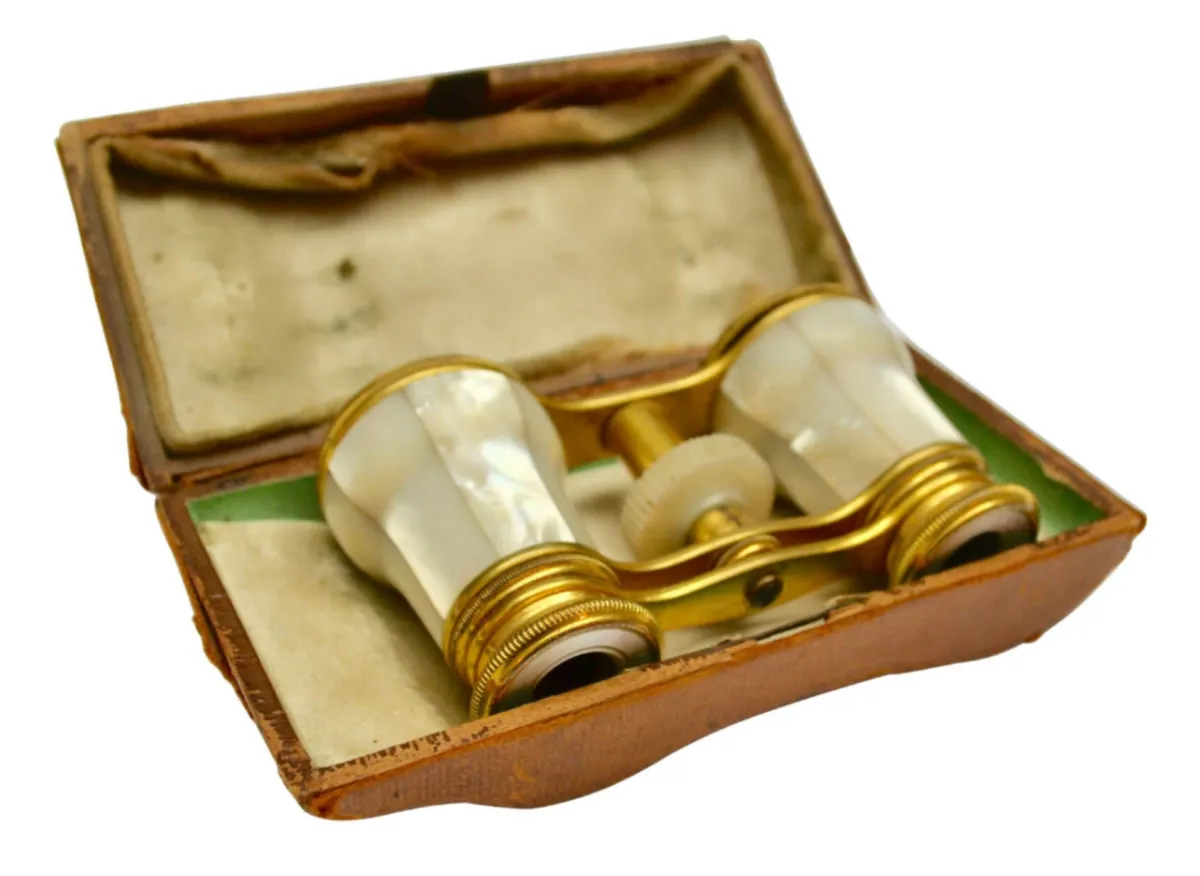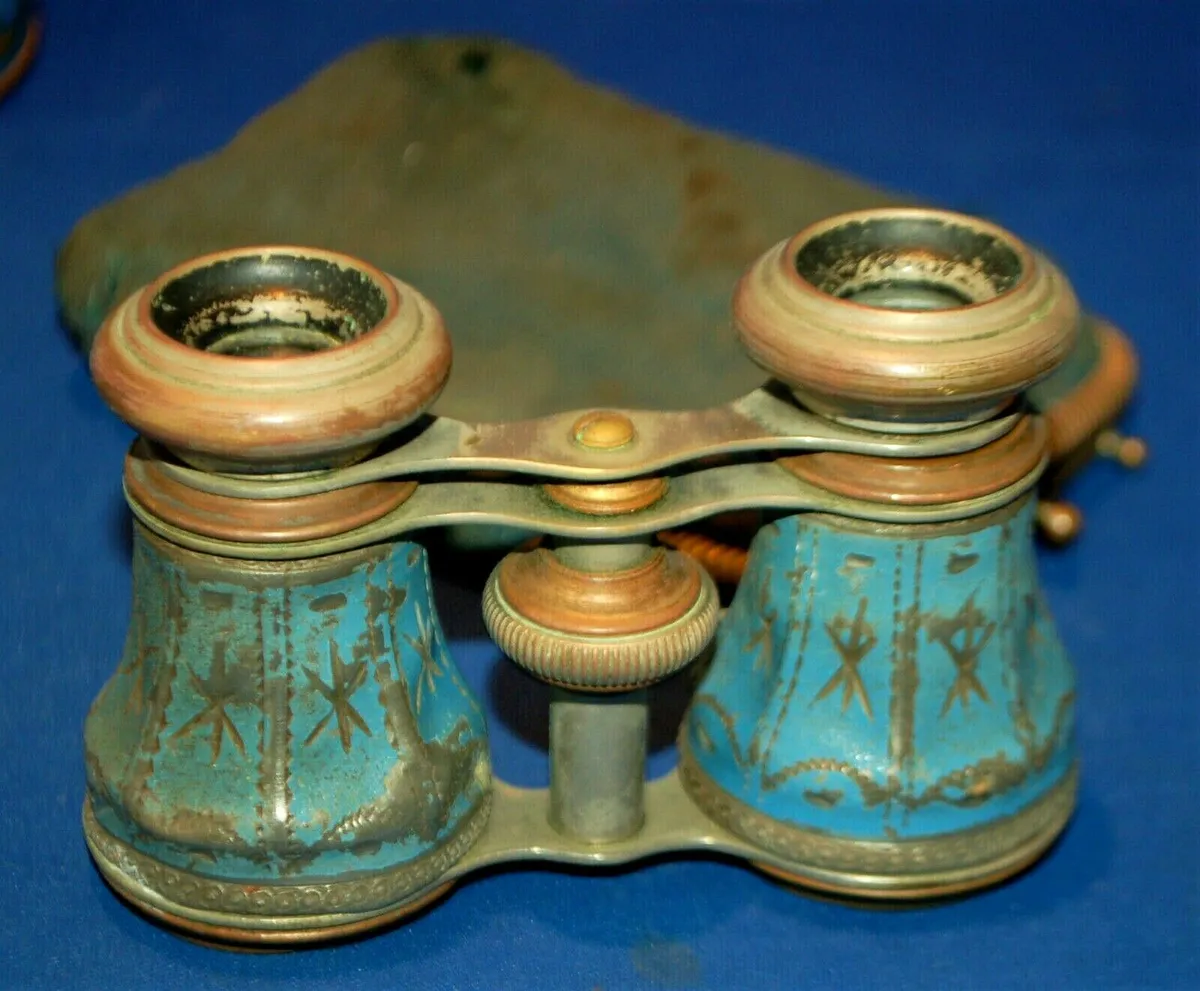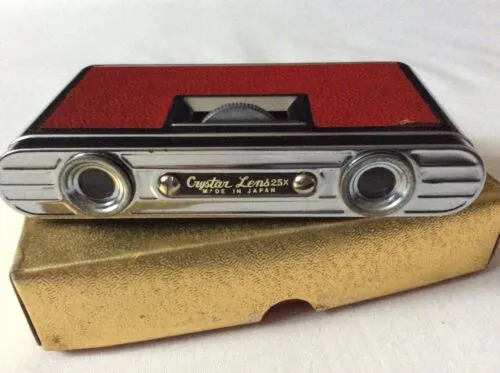Also known as theatre binoculars or Galilean binoculars, opera glasses first appeared in the 18th century and were specifically designed for viewing indoor performances, allowing a closer look at the finer details of a dancer’s movement or an actor’s expression. Small and perfectly formed, these compact little devices with low magnification power are often very decorative and ornamental. If you’re looking to start a collection, they’d make a wonderful subject.
What is the difference between binoculars and opera glasses?
Opera glasses have lower magnification than binoculars, as they are not needed for seeing quite such long distances. The magnification of opera glasses is around 3x, which is sufficient to see the stage –very occasionally this might go up to 4x. They have a wider field of view so that it’s easier to see all the action on the stage, and are much more portable than binoculars.

Do people still use opera glasses?
Some opera lovers depend on them while others find them more of a hindrance. They certainly help to see the whole stage more clearly, and they can also be used for concerts, music festivals and trips to the theatre.
What do opera glasses look like?
Antique opera glasses generally have a classic or vintage look, often made from brass, silver or enamel, and finished with ivory or mother of pearl for a fashionable, luxury finish. Some may have a handle, or a chain for draping them around your neck when not in use. More modern varieties may contain an LED light that will help you to see better but won’t disturb others around you, and many come with their own beautiful case in which to carry them.

What is the history of opera glasses?
Opera glasses are mentioned in a London advertisement as early as 1730, but these were monoculars – small Galilean telescopes. The first binocular opera glasses were invented in 1823 in Vienna – they were built of two cylinders connected with a bridge, and each eye-tube extended independently for focusing. Lemaire later improved on this design by inventing the centre focus wheel, which allowed you to focus both eyes together.
How do I identify my opera glasses?
Sometimes the maker’s name is marked around the eye pieces. Look out for makers including Dollond, Ross, Voightländer and Lemaire; the latter are sometimes marked with their famous bee logo. Folding glasses were made in Japan or Hong Kong from the 1950s to the 1970s – these cheap and cheerful opera glasses would make an interesting addition to a collection.

How much are opera glasses worth?
Prices on eBay range from just a few pounds up to several hundred pounds, but most opera glasses sell for under £20 so are very reasonable. It is possible to get a good-quality pair of Victorian opera glasses for £20 to £60. Opera glasses with handles tend to be worth more, as do those with a maker's name. Any provenance, including images of a relative using them, could also add value.
